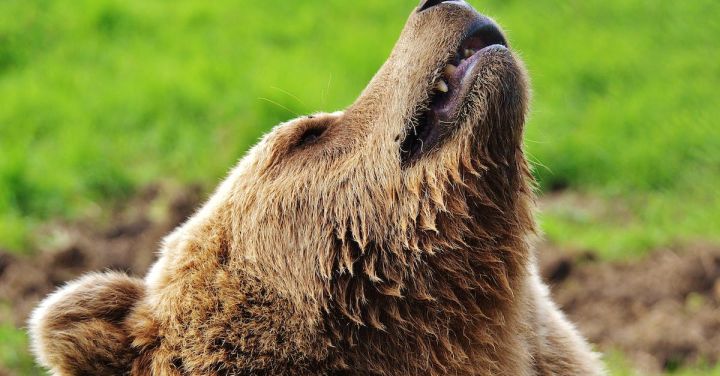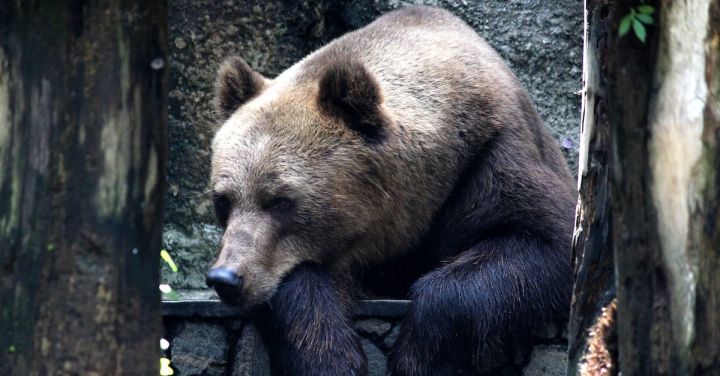How Do Policies Help in Preventing Bear Conflicts?
Bears are magnificent creatures that play a crucial role in maintaining the balance of ecosystems. However, human-bear conflicts have become increasingly common as human populations expand into natural habitats. These conflicts can pose a threat to both human safety and bear conservation. To address these issues, policies have been implemented to prevent bear conflicts and ensure the coexistence of humans and bears. In this article, we will explore how these policies help in preventing bear conflicts.
Understanding Bear Behavior
One of the key elements in preventing bear conflicts is understanding bear behavior. Policies often focus on educating the public about bear behavior, including their habitat preferences, feeding patterns, and reactions to human presence. By understanding these behaviors, people can take appropriate measures to minimize interactions with bears and avoid situations that may lead to conflicts.
Managing Waste and Food Attractants
Another important aspect of bear conflict prevention is managing waste and food attractants. Bears have an excellent sense of smell and can be attracted to human food sources such as garbage bins, compost piles, and unsecured food storage. Policies often include regulations on proper waste management, such as the use of bear-proof containers, securing food in bear-resistant storage, and enforcing fines for improper food storage. These measures help to reduce the availability of food attractants for bears and discourage them from entering human settlements.
Creating Bear-Resistant Infrastructure
To further prevent bear conflicts, policies may also focus on creating bear-resistant infrastructure. This includes designing and implementing bear-resistant structures such as electric fences, bear-proof doors, and windows. By making it difficult for bears to access human areas, these measures help to reduce the likelihood of conflicts and protect both humans and bears.
Implementing Bear Deterrents
Bear deterrents are another important tool used in bear conflict prevention. Policies may encourage the use of deterrents such as bear spray, noise-making devices, or non-lethal projectiles to discourage bears from approaching human settlements. These deterrents help to create a negative association between bears and humans, reducing the chances of conflicts and promoting peaceful coexistence.
Collaboration with Local Communities
Effective policies also involve collaboration with local communities. By engaging with residents, policymakers can gain valuable insights into local bear behavior and conflicts. This collaboration may include public meetings, workshops, and the establishment of community-based bear management committees. By involving the community in decision-making processes, policies can be tailored to local needs and ensure that they are effective in preventing bear conflicts.
Research and Monitoring
To assess the effectiveness of policies, research and monitoring play a crucial role. Policies often include provisions for ongoing research and monitoring of bear populations, behavior, and conflicts. This data is essential for evaluating the success of policies and making necessary adjustments to improve their effectiveness. By staying informed about bear populations and their interactions with humans, policymakers can implement targeted strategies to prevent conflicts.
Conclusion: Towards Coexistence
In conclusion, policies play a vital role in preventing bear conflicts and promoting the coexistence of humans and bears. By focusing on understanding bear behavior, managing food attractants, creating bear-resistant infrastructure, implementing deterrents, collaborating with local communities, and conducting research and monitoring, policies can effectively minimize the chances of conflicts. Through these measures, we can ensure the conservation of bears and the safety of both humans and these magnificent creatures.






